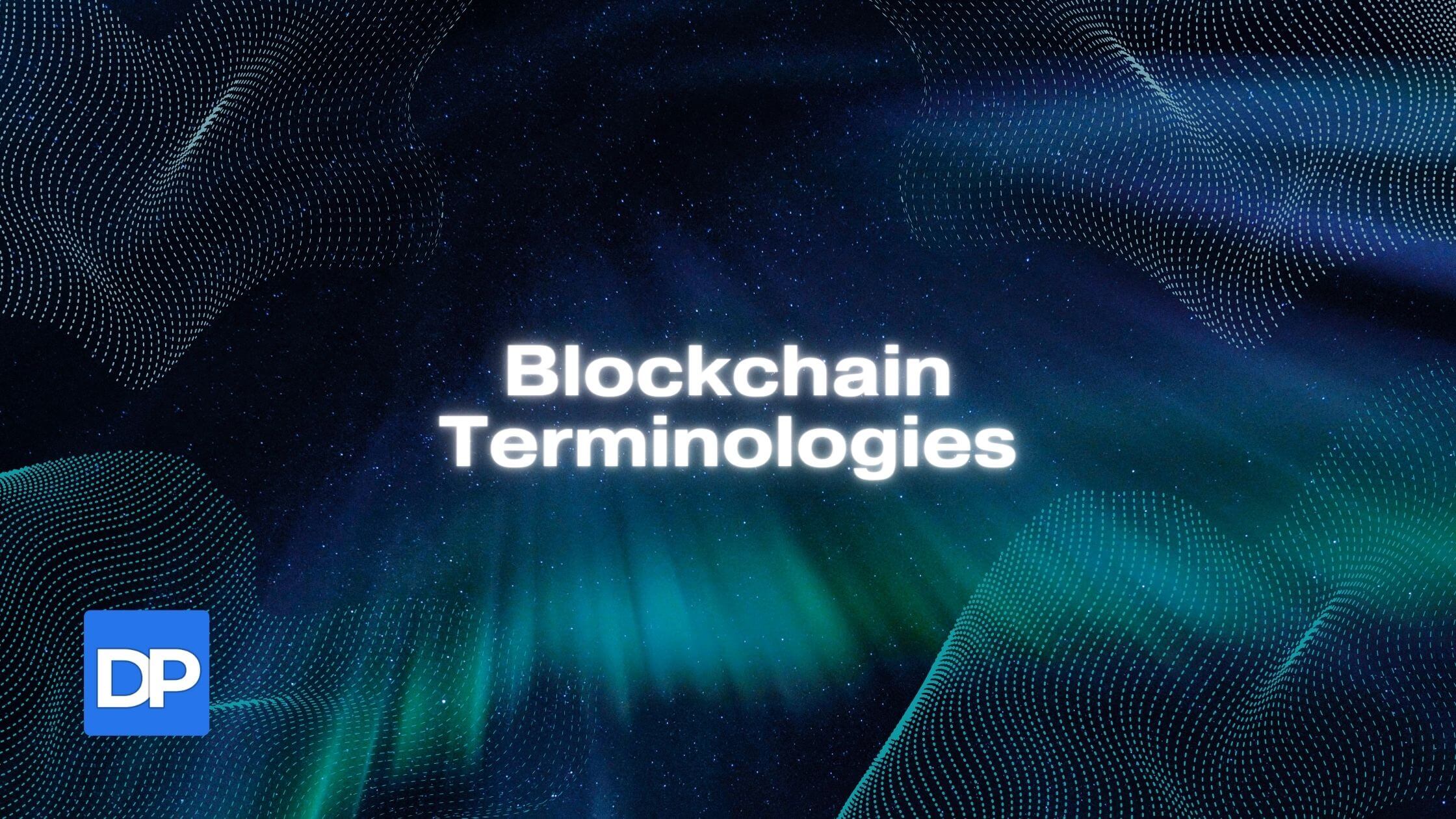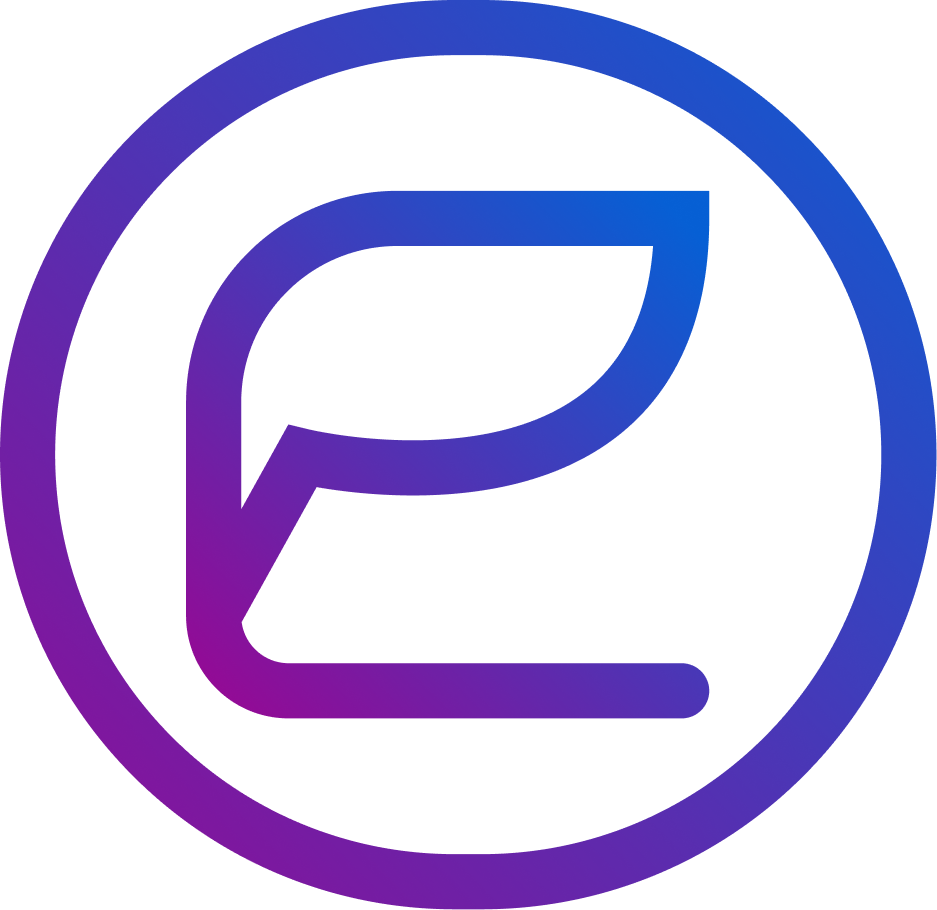“Bitcoin is a highly volatile, highly risky investment,” says James Ledbetter, editor of the fintech newsletter FIN.
The “internet of value” is an excellent way to describe blockchain. This ledger tracks anything that helps in recording events occurring in real-time (financial transactions, supply chain info, physical assets, contracts, etc.) However, the entire chain is not under the control of a single entity or group. Instead, it’s transparent, allowing each link in the chain to view the specifics of each record, or “block.” Each block has a timestamp and is encrypted; only the person who “owns” a block has permission to alter it. Owners use a private key that they possess alone to access their block. The distributed blockchains of all participants instantly update and sync when a single block is modified.
Blockchain technology has several advantages that might completely change the conduction of business and finance:
- Blockchain technology eliminates the “middle man” (intermediaries) and the complexity of using several ledgers and processes throughout every transaction’s lifespan.
- It creates a peer-to-peer network within a single system. One instance would be the quick settlement of a stock purchase made via a blockchain. There would be no need for another business to handle the transaction or intermediaries to hold up the procedure.
- Each transaction enters a block that connects to those before and after, increasing the system’s security.
Although nothing is completely secure from hacking, blockchain benefits make it safer than anything else.
What are the essential terms you must know about blockchain?
“At present, blockchains are publicly visible ledgers and all the attached software services and human practices linked with them are equally vulnerable as any other digital system. But based on current progress at Hyperledger.org, etc., by 2040 it is expected that many reliable, trustworthy, and properly engineered blockchain services will come up.”- Mike Liebhold, retired fellow at the Institute for the Future.
- Smart contracts
Smart contracts are computer programs that automatically execute the terms of an agreement between two parties. Think of it like a digital version of a legal contract. The terms are written into the code, and the contract automatically executes when the terms are met. This happens without the need for a middleman, making the process more secure and efficient.
- Wallet
Tokens belong in a cryptocurrency wallet. Cryptocurrency wallets, however, are only sometimes created equal. Online “hot” wallets make cryptographic tokens more accessible and vulnerable to hackers. Digital assets are more securely stored offline via “cold” wallets, but trading them is more challenging.
- Bitcoin
A cryptocurrency like Bitcoin (BTC) does not require any third-party involvement in financial transactions as it acts as an independent means of payment and money without involving any organisation, person, or entity. It is a cryptocurrency that can be acquired on multiple platforms and given to blockchain miners in exchange for their efforts in verifying transactions.
In 2009, an anonymous entity under the name Satoshi Nakamoto unveiled Bitcoin to the world.
Since then, it has grown to be the most popular cryptocurrency worldwide. Moreover, its prominence has sparked the creation of several new cryptocurrencies.
- Decentralized finance (DeFi)
Decentralized replacements for conventional (centralised) finance are collectively known as “DeFi.” DeFi entails banking, money management, payment processing, insurance, etc. Access to a hitherto-privileged sector is made more democratic through DeFi goods and services.
- Distributed Ledger Technology (DLT)
It is the place where you can observe all blockchain transactions. DLT stands for distributed ledger technology, another blockchain technology name. So consider blockchain when you hear the term DLT.
- Token
Cryptocurrencies, unlike cash, may be purchased in fractional sums as well, as anybody who has traded in them will already be aware of. As a result, according to that example, a token is a cryptocurrency’s most fundamental unit and cannot be further subdivided.
It is always a whole number in money, whereas it is typically a fractional value in cryptocurrencies.
Tokens don’t run on their blockchain; a project that offers them runs on one provided by a third party. This is another significant distinction.
- MetaMask
The widely used MetaMask cryptocurrency wallet is famous because it is easy to use. It is possible to use it on any desktop or mobile interface. With its ability to purchase, transmit and receive cryptocurrencies, using the wallet lets you gather NFTs across two blockchains.
Seasoned cryptocurrency users will appreciate the ease and speed of the transactions. Still, individuals new to the field run a more significant danger of losing their tokens to stolen secret words, fraudulent websites, and other cryptocurrency frauds.
- JWTs
Information is sent securely over the web using JSON web tokens (JWTs), and JSON objects (between two parties). Both information sharing and an authentication system may have implementation using it. The header, payload, and signature make up most of the token. There are dots between these three sections.
JWT specifies the format of the data we are transmitting from one party to the next, and it is available in two varieties: serialised and deserialized. The Serialized method is primarily employed with each request and answer to send data over the network. Data is read from and written to the web token using the deserialized method.
- ERC20 tokens and ERC721 tokens
ERC20 tokens represent fungible assets. These tokens could stand in for, among other things, project ownership, service coupons, staking tokens, or governance tokens. ERC721 tokens, on the other hand, are non-fungible assets. In-game assets are currently the only widely used ERC721.
- Ethereum
Any instance of the Ethereum client software linked to other computers running the same software, establishing a network, is referred to as a “node.” An Ethereum implementation called a client checks data to protocol specifications and maintains network security.
- React
The most well-known app development framework is React Native. React Native is helpful to some of the most popular apps, including Facebook, Instagram, Walmart, and SoundCloud Pulse.
- Node.js
JavaScript code has its execution outside of the browser using the open-source, event-driven runtime environment known as Node.js. Programmers may create command-line programs and server-side scripts using this cross-platform framework.
As a result, while developing a web application, a single JavaScript language may be used to construct server and client-side scripts. One of the largest open-source libraries in the world, its package ecosystem is unquestionably well-liked.
- Erlang
A blockchain architecture that uses Erlang/OTP has a crucial advantage over other languages: flexibility. Forge is an open-ended blockchain framework by design; you may add more programs to accomplish more complex features, such as utilising a different consensus engine.
- Libra
Libra, a cryptocurrency created by Facebook that will allow you to pay money to individuals and make purchases with almost no costs, has finally been made public. You may purchase or withdraw your Libra anonymously online or in neighbourhood exchange locations like supermarkets.
You can spend it using third-party wallet applications or Facebook’s Calibra wallet, which is included in its app, WhatsApp, and Messenger.
- Immutable ledger
It is impossible to modify data after its publication on the chain and establishing a block. Immutability is the property of a system that no one can alter, not even the developer who built it.
This is among the main reasons why many businesses with sensitive use cases favour using blockchain in the backend.
- IPFS
A distributed file storage system called the Interplanetary File System (IPFS) enables computers worldwide to store and serve information as a member of a massive peer-to-peer network.
Downloading the IPFS software will allow you to begin hosting and serving files from any computer, anywhere in the globe.
Anyone with IPFS installed on their computer and who uploads a file to the IPFS network can view and download that file from anywhere in the world.
- Token Distribution
A crucial step in the token sale process, which involves issuing and selling tokens to investors, is token distribution. Raising money to support a project’s development is the aim of token distribution.
To encourage investors and early adopters to acquire tokens, they get offers for sale at a discount or a bonus.
- Non-Fungible Token
In essence, it is a form of cryptocurrency. Still, a key feature is that, unlike common coins and tokens, which are affordable in fractional amounts, an NFT represents a singular entity and is never divisible.
An NFT would be issued to a music file, for instance, if the artist released it on the blockchain network.
- Push notifications
Users can get alerts for on-chain or off-chain events via the decentralised and blockchain-independent Ethereum Push Notification Service (EPNS), a communication protocol for Web 3.0 apps.
Wallet addresses cannot natively receive notifications or communications from any Web3 activity without such a service. Additionally, due to DApps’ lack of native user communication, users must often review their actions to be up to date.
- Digital Assets
After uploading new data to a specific blockchain, a digital asset is formed or “minted.” Users can swap pre-existing digital assets and brand-new mint ones through blockchain entries.
To Wrap Up
“What the internet did for communications, blockchain will do for trusted transactions,” says Ginni Rometty, CEO of IBM.
Soon blockchain technology will have a considerable influence. However, it will likely take years or decades to fully integrate into our infrastructure because it is transforming the basis of our social and economic institutions. This article aimed to break down blockchains into what they are and what you need to know because there has been a lot of excitement about them, both good and bad.


